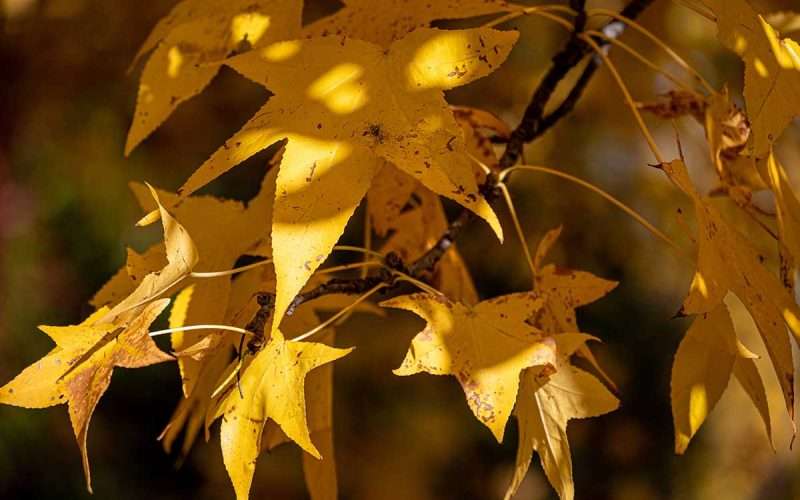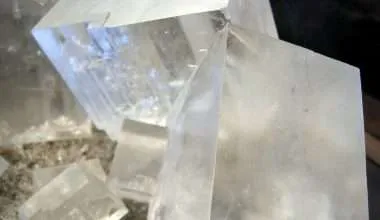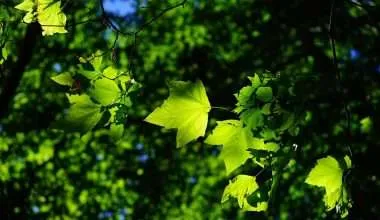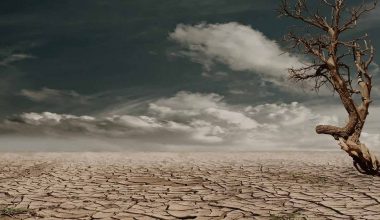Table of Contents Show
Plants always look fresh and happy when they are blooming with beautiful green leaves. In fact, plants are a perfect example of a green environment.
When we see a plant with yellow leaves, it is not pleasant to our eyes and we tend to think that it may have a problem. If plant leaves are turning yellow, it is a sign of distress in the plant. This change of color takes place when there is something that disturbs the chlorophyll of the plant.
The plants rich in chlorophyll have that beautiful and bright green-colored leaves. The leaf yellowing is known as chlorosis and it happens when the chlorophyll of the plant is affected.
Fortunately, you can easily observe the change in color and know that the plant needs help. You can help prevent the yellowing of leaves in various ways. First, you have to know the cause behind it.
Following are the reasons for plants’ leaves turning yellow.
5 Major Causes of Yellow Leaves
1. Moisture Stress
Too little water or excess water given to the plants always ends up destroying the plant. Water can be a major reason for the yellowing of leaves.
What happens is that if you give your plant excess water, the soil becomes extra wet. The roots can not breathe properly in overly wet soil. They tend to suffocate and may completely shut down. This stops the delivery of water and nutrients throughout the plant.
Similarly, if you give too little water to your plant, you hamper the delivery of water and nutrients to the rest of the parts of the plant. This results in the yellowing of its leaves.
In order to prevent moisture stress in your plant, start maintaining your plant in well drained soil. If you keep the plants in containers then carefully select the pots that have drainage holes and the ability to keep the saucers free of extra water.
Another tip is that you should avoid placing your containers in a place where rainwater reaches them. Additionally, you should use organic matter like compost in the soil to improve the structure and drainage system.
Finger test is also a great option to avoid moisture stress in plants. Before watering the plant, carry out a finger test in the soil. Put your index finger a few inches deep in the soil and if you feel that the soil is dry, only then water it.
It is only applicable to water the plant in this condition. And, if you feel that the soil is wet and cool, then do not water it and wait for a few more days. Give time for the soil to completely soak up the water and dry before you have to water it again.
2. Damaged Or Compacted Roots
One of the reasons behind the yellowing of leaves is the damage to the roots of the plant. This could happen in a number of ways like wayward shovels or root rot. Roots are the basis of the plant and once they get damaged, plants do not get the essential nutrients that they need.
Compacted roots also disturb the growth of the plant and hence, the leaves turn yellow. When plants are grown in containers, they tend to outgrow the pots, and that results in compacted roots. When outdoors, the space where you keep the pot matters the most. If it is compacted and not enough for the plant, the water, oxygen, and nutrients of the plant will be negatively affected.
In situations like these, the plants may not be able to function well and as a result, the leaves will start turning yellow. And that is when you will know that there is a problem with your plant that needs attention.
2.1 How to check root damage
If you wish to check the container for any root damage or compacted roots then you can slide the plant out carefully with your hands and take it out of the pot. The key to a healthy plant is that its roots are whitish yellow.
Generally, if the color of the roots is dark, it will smell bad and you will know that the roots are rotten. They may have caught some disease too. In both cases, you should not try to save the plant and consider buying another one.
2.2 Some solutions for root damage
Usually, you can solve the issue of compaction by changing the container of the plant and putting it in a pot with well drained soil. This will eventually heal the plant and it will become healthy again.
While planting on the open space; like in your garden or the yard, you can enhance the soil compaction through aeration of the lawn. Also, try and use organic matter and organic mulch in your planting.
Garden gypsum is also useful for improving compacted soil. It gives the best results in heavy clay soils and also keeps the leaves green!
3. Improper PH Level of the Soil
Yellowing of leaves can also be due to the improper soil pH in plants. Usually in container plants, if you feed them properly with premium plant fertilizers, then your plants will be healthy and the leaves will remain green.
The basic aim of soil pH is to determine whether the plant is getting the proper nutrients that it requires. When the soil PH varies on the pH scale, the availability of the nutrients is also interfered with.
Most plants grow best in a soil pH that is neutral to slightly acidic and ranges between 6.0 and 7.0 on the pH scale. Some plants are known as ‘Acid-loving plants’ like the blueberry. They like to grow in soil that has a pH of 4.5 to 6.0.
According to the needs of the plant, if the level of soil pH is not given to it then it does not grow at its optimum level as it lacks the essential nutrients.
Sometimes even if the presence of nutrients in soil has no effect because the plants are unable to take them because of the disturbed soil pH.
Thus, the leaves of such plants start to turn yellow until you sort out the soil pH issue.
To check the soil pH of your plant, you can carry out a simple soil test. Moreover, there are testing labs that give recommendations for soil amendments to restore the pH balance in the plants. Once done, the issue gets solved, plants get access to essential nutrients and the leaves turn back green.
4. Not Getting Enough Nutrients
With the impact of soil pH on the plant, nutrients are also considered and there may be a nutrient deficiency in the plant. Some nutrients are very abundant. One of them is nitrogen which easily penetrates through the soil and leaches away.
Only if soil nitrogen is regularly provided by fertilizer applications, then it is possible to prevent nitrogen deficiencies from turning the leaves yellow or a pale green color.
Nutrient deficiencies are prone to occur in plants and if you suspect one in your plant then seek help through proper fertilization and premium quality plant food.
You should be able to identify the deficiency by observing the yellowing of the leaves as they begin to tell you about the deficiency they have. Following are some common plant deficiencies:
4.1 Nitrogen Deficiency
It occurs in the form of yellow leaves. Inner leaves that are older start to turn yellow first. Eventually, the outer ones also begin to turn yellow.
4.2 Potassium Deficiency:
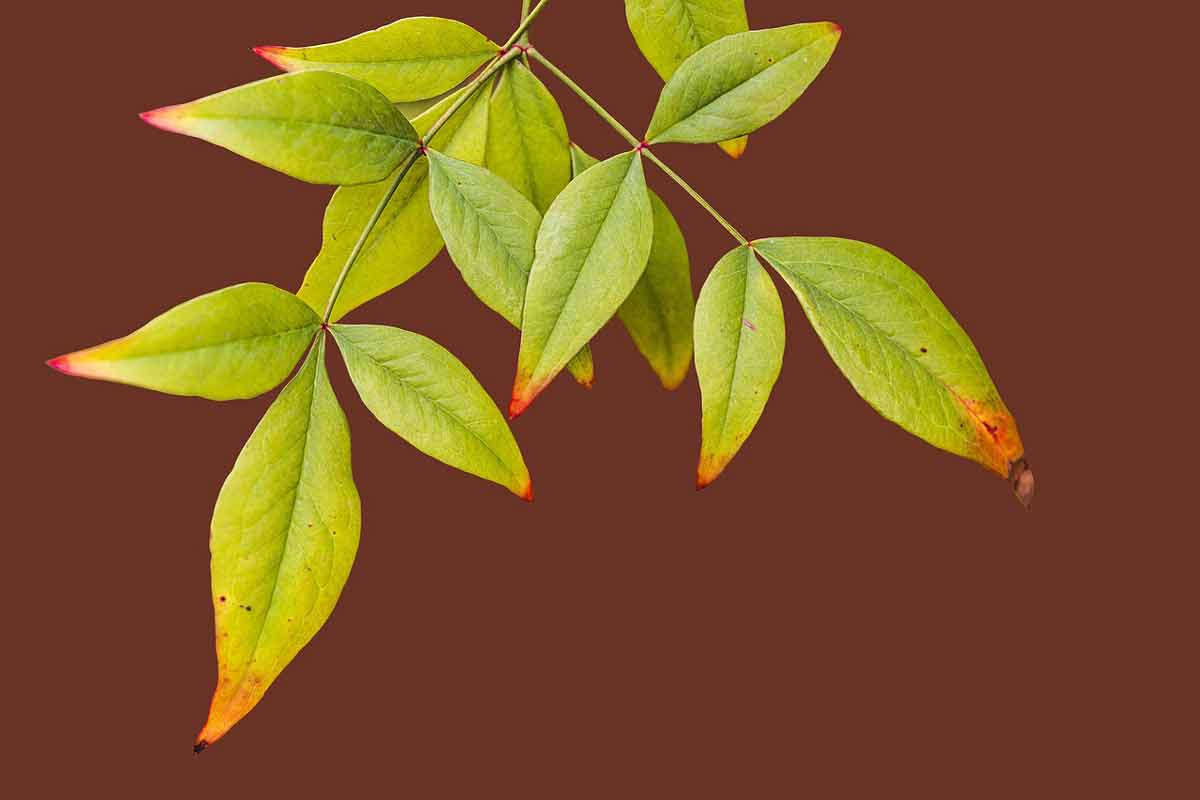
It occurs when the edges of leaves start to turn bright yellow but the inner leaves stay green. The older the leaf, the more affected it gets with the edges of the leaves going brown.
4.3 Iron Deficiency:
It occurs as the veins of the leaf start turning yellow. It tends to attack young leaves and branch tips first.
4.4 Magnesium Deficiency:
It occurs as yellow patches between the veins of the older leaves. Veins stay green but the leaf starts to get yellow from the center and the edges get affected at the end.
4.5 Sulfur Deficiency:
It occurs with the newest leaves, turning them yellow as a whole.
There is a complicated relationship between the nutrients present in soil and in plants. Like if there is low potassium in the plant it will make less iron available to the plant as well. If there is excess potassium, it ties up calcium, magnesium, and nitrogen which creates deficiencies.
In this case, you have to ensure proper fertilization with reliable and premium quality plant food which will help prevent the leaves of your plants from yellowing. For more info you can check out an excellent source at The Royal Horticultural Society.
5. Lack of Sunlight
Plants that do not get enough direct sunlight start to suffer and show signs of distress when their leaves turn yellow. Plants make their food through the process of photosynthesis for which sunlight is very important.
Without proper sunlight, the process of photosynthesis cannot take place properly. Lack of sunlight also makes the leaves go yellow. The houseplant leaves are affected the most because indoor plants do not get enough sunlight.
People too often underestimate the power and need of sunlight. Hence, the house plant gets negatively impacted when it does not get the light it needs.
In addition, you should place your indoor plant in a space where sunlight is easily accessible to it. If there is no source of natural light available, try to give your potted plant light through artificial means.
Finally, you can check out my write up on how to get rid of yellow rose leaves.
